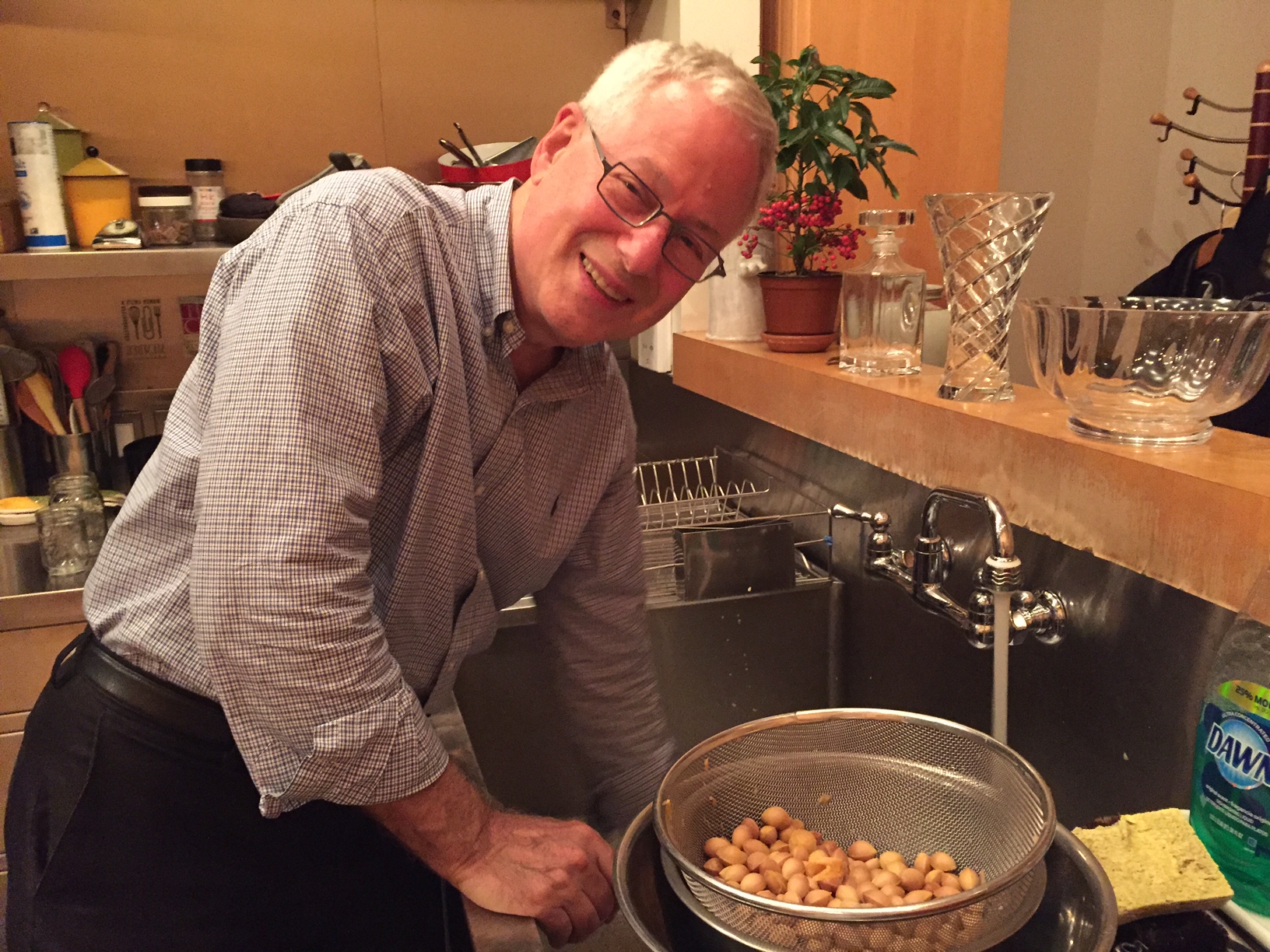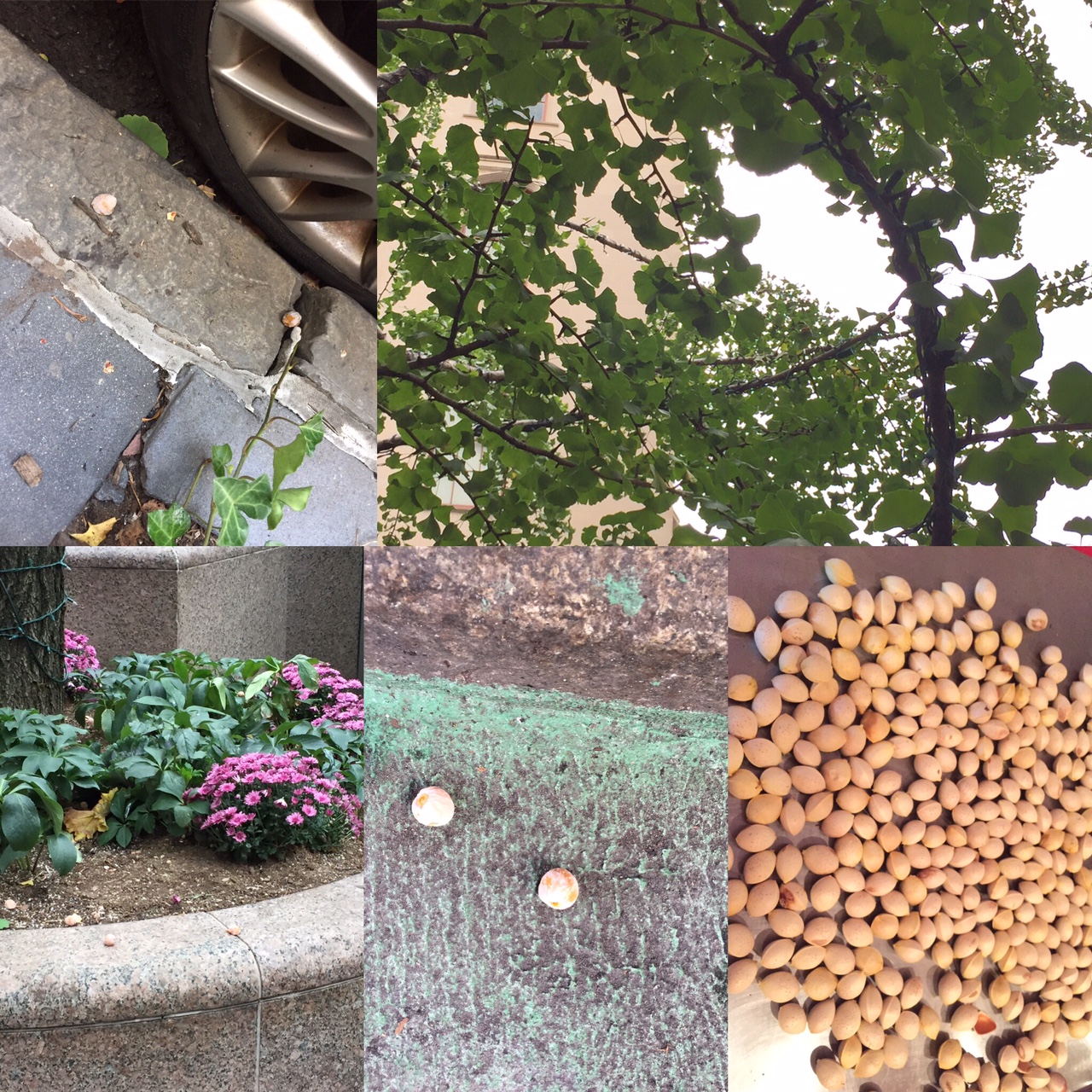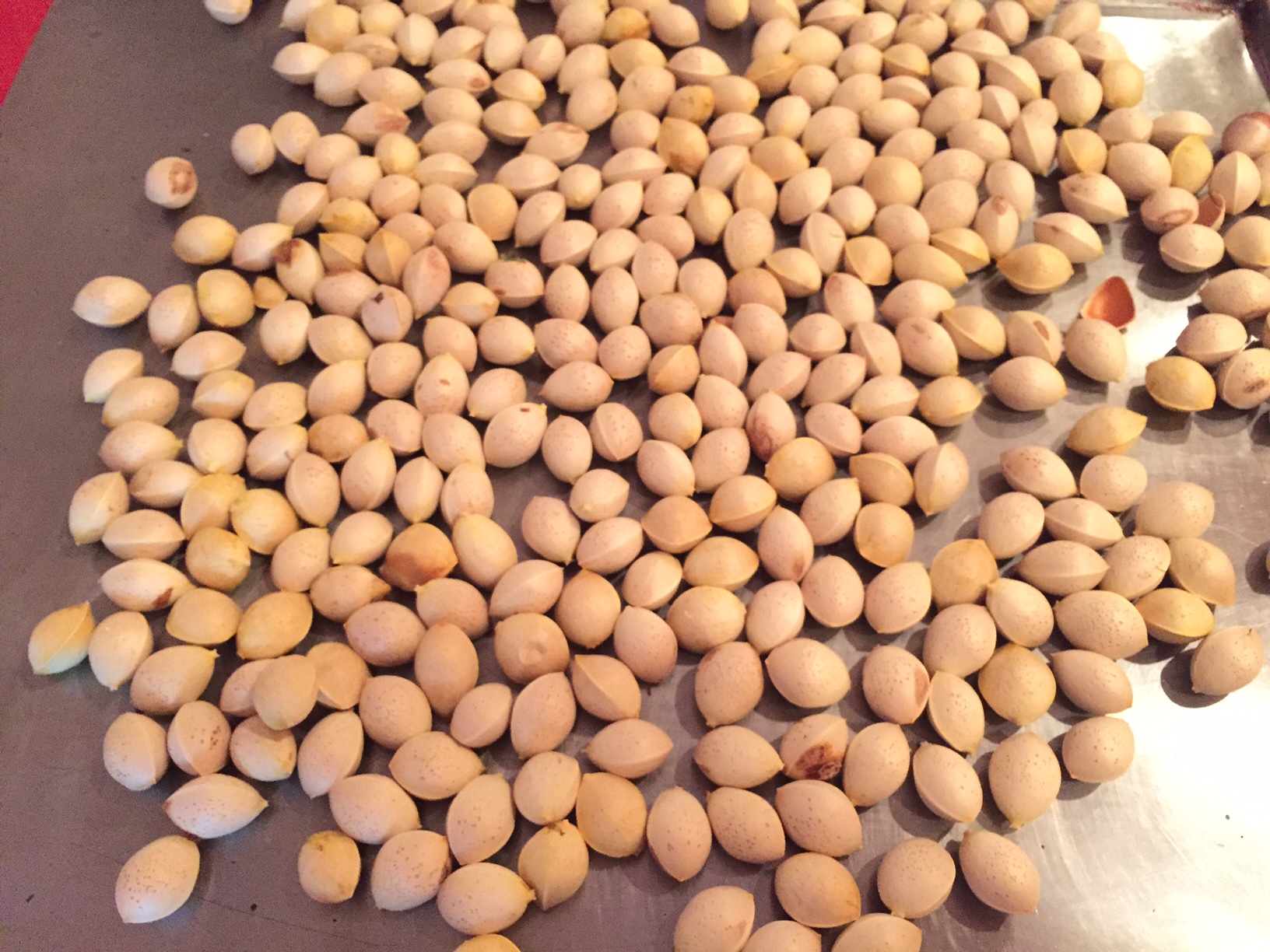

 At this time of the year when you stroll in New York City something smells. It is not a smell of pizza or stir-frying foods from the food vendors. It is not the regular New York garbage smell on days when garbage is put out for collection. It is a seasonal smell. The smell, though, is definitely not nice.
At this time of the year when you stroll in New York City something smells. It is not a smell of pizza or stir-frying foods from the food vendors. It is not the regular New York garbage smell on days when garbage is put out for collection. It is a seasonal smell. The smell, though, is definitely not nice.
This is the very time Buzz rushes out to certain places in our neighborhood with a plastic shopping bag or two in hand. Buzz remembers the location to visit, but mostly the smell leads him to the best spot. When reaching the smell’s epicenter there he finds the treasure he is seeking – lots of gingko nuts dropped on the pavement, street or on the ground in the backyard of buildings. He diligently collects half mashed fruits without wearing mask or gloves and come back to home with a bag full of awfully smelly gingko fruits. I wonder how many people pay attention to him while he is picking up the rotten smelling fruits or carrying a hideously smelly bag to home. After the gingko fruits land in our large kitchen sink, Buzz rinse them and remove all of the stinky outer fruit fresh. Kitchen is full of acid, hideous smell. Buzz does not mind it. He is looking forward to the delicious gingko dishes which I am going to make for the next two weeks or so. I am grateful for Buzz.
The gingko tree is known to withstand pollution and chemicals, and has long been planted in the big cities to offer greenery in the world. Tokyo has many gingko trees and the gingko leaf is the Tokyo City emblem. While I was growing up in Tokyo even though foraging was possible I did not need to take such a step to obtain delicious gingko nuts. When the season arrives in the fall every food store carries gingko nuts, already cleaned and odor-free. In autumn gingko nuts replaces edamame as a beer snack at restaurants.
When gingko fruits mature and drop on the ground, many of them break and release their nasty odor. Every city tries to plant only male gingko trees that do not produce the smelly fruit. This simple task seems to be a difficult one. When the trees are small, it is hard to distinguish which are female and which are male, so the mistake of planting a female nut-producer seems to be about one in ten trees, at least that is the case here in New York. Another problem that I found on my search on line reveals that male gingko tree can changes sex and become a female tree to produce the next generation of trees when the gingko trees faces some natural danger. This is how the gingko tree has been surviving on earth for million years.
In my next blog I will describe how to enjoy these delicious nuts whether or not you forage them yourself.
hirokoshimbo
